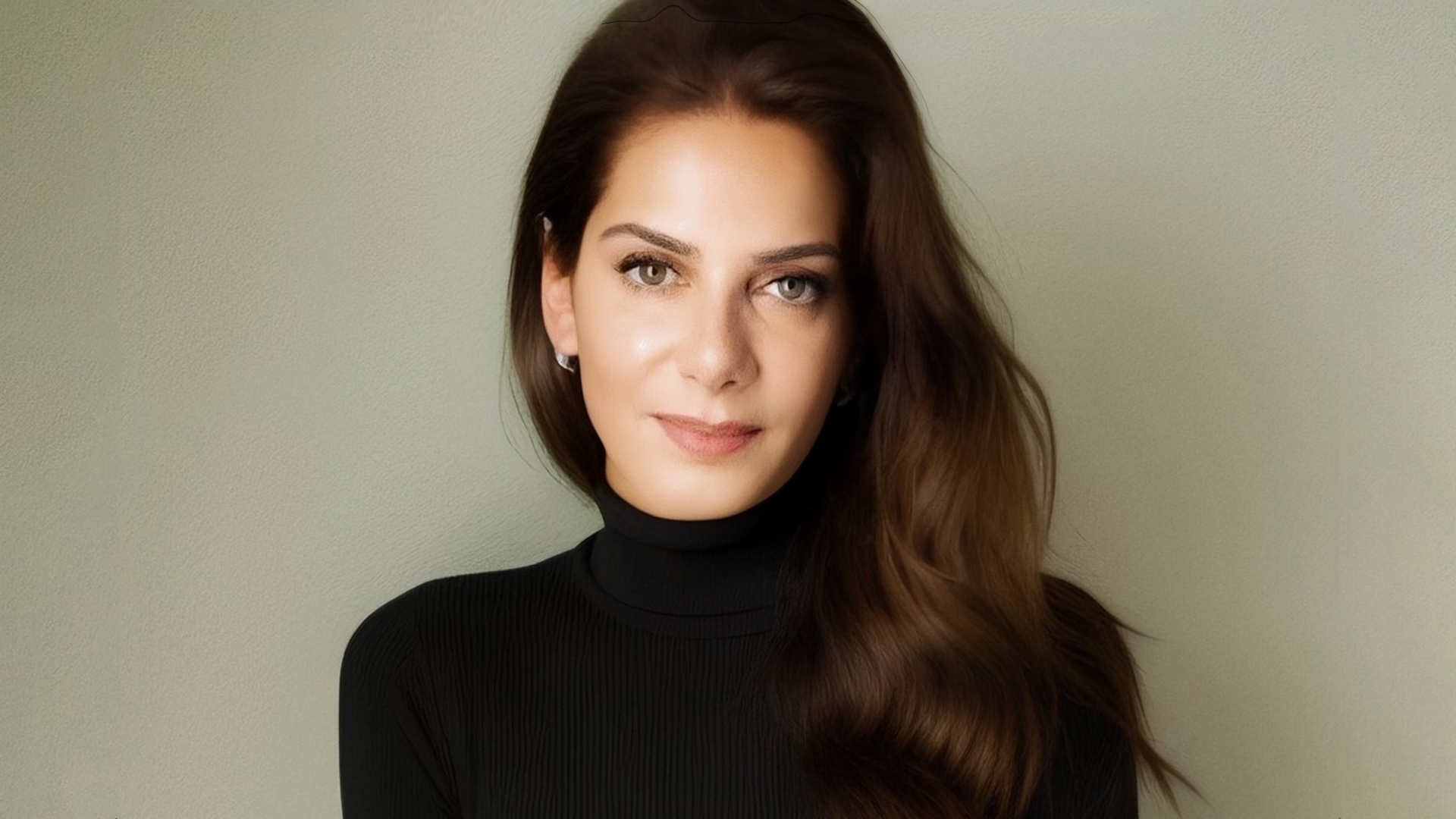
Lucian James, President of Agenda Inc., a strategic consulting company which specializes in ‘belief strategy’ for luxury brands, shares with us one of the inspiring editorials published in Fluxe; Agenda Inc.’s monthly newsletter about the future of luxury.
Lucian James, President of Agenda Inc., a strategic consulting company which specializes in ‘belief strategy’ for luxury brands, shares with us one of the inspiring editorials published in Fluxe; Agenda Inc.’s monthly newsletter about the future of luxury.
Introduction
During the Winter, conversations about the future of the luxury were all centered on crisis. Now it’s Springtime.
The truth about the ‘crisis’ trend is the same as for all trends… People typically over-estimate trends in the short term, and under-estimate them in the longer term.
We believe that the real trend here is not one of crisis, and it’s not even one of opportunity. It’s one of revolution in the luxury sector.
Real revolutions replace institutions, they challenge incumbents, and they move creativity to new heights. This is how brands need to be thinking.
The places where we are seeing the fastest growth in revolutionary activity is at the fringes of the luxury sector.
The movement is gathering pace; and it’s global.
During March, we had conversations – and gave presentations – about revolution and the future of luxury, to some very traditional luxury brands.
And we’re excited to know that openness to new kinds of creative thinking has never been so welcome in the luxury sector.
So yes, it’s not a crisis, it’s a revolution. And who doesn’t enjoy a well-organized revolution?
Rituals & Luxury Strategy
We believe that luxury brands need to think less about the future, and more about the past. The idea of less future, more past is one that we have been evangelizing for a while, and it has a distinct business advantage for luxury brands in the current economic climate.
It’s not a question of dwelling on past success – but they need to find better ways to revisit and reinterpret the past. By better understanding the past, luxury brands have much less risk of freefalling into the future.
One of the keys to revisit heritage is to adopt the same methodology used by all global religions – to create better rituals. Many brands talk about rituals – especially the need to create new rituals – and they are right. But very few brands understand what the role of rituals should be. It’s frustrating how often the word is thrown around without being understood.
But perhaps the misuse of the idea of ritual is not so surprising, since it’s not just brand managers, but society at large which has forgotten the role that rituals traditionally played in culture.
In previous generations, every activity of life was turned into a ritual; life stages, seasons, successes, and failures. The role of ritual was to show a society to itself and to remind it – through participation and performance – of the guiding principles of its reason to exist.
But contemporary society moves so quickly that it’s difficult to remember what society’s guiding principles are – let alone how to ritualize them. We would argue that it makes the need for rituals even more important.
All cults and religions use rituals in a powerful – and strategic way – to help maintain the society in which they operate.In marketing terms, the opportunity from rituals is to help maintain a distinct brand personality even in a competitive environment.
Luxury brands have an enormous opportunity to deliver on the demand for rituals since they have particular relevance around key moments in a consumer’s life; and they fulfill a symbolic and mystical role which is unique to the luxury sector.
An additional advantage is that rituals play into a global human need for connection, and so they are particularly powerful in a global culture in search of meaning.
We believe that there are three steps to proper creation of brand rituals…
1. Isolate a Story
Isolate a single fact or story about the brand that is the most distinct and powerful aspect of the brand.
Most of the best facts and stories around luxury brands are those that are concerned with the origins of the brand.
2. Mythologize the Story
Turn the fact or story into a myth. A myth is essentially a story that doesn’t depend on its historical veracity to be relevant. Instead it speaks to an inner, symbolic truth. While stories are either true or false, myths have a different criteria for success; they are either alive or dead.
The best myths are going to be those that capture the imagination, that are easy to communicate (i.e. short), and that are unique to the brand.
3. Ritualize the Myth
A ritual is always the performance of a myth. This is where most brands go wrong.
The role of the performance is to reconnect those that witness it to the original fact or story. In re-creating the story, it reminds witnesses of the enduring relevance of that story.
Participation in rituals is a kind of participation in the original story, which – if properly mythologized – will have a deep psychological power.
We’re very passionate about all this, and we have seen how it can build business growth. We have acres of resources available to clients in this area. Contact us for more details.









